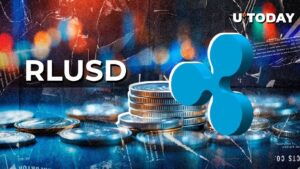Supply and demand are the levels in an economy that determine the market’s willingness to buy or sell assets or services, respectively.
What Are Supply and Demand?
Supply and demand can be thought of as the governing forces of a market economy, which are moderated through prices. It defines the relationship between a given product or assets and the willingness of people to either buy or sell it.
Supply is the amount of material, asset, product, or service that is available to the economy. It is not so much about how much exists, but rather how much of it people can get.
Demand is the requirement for products and services. It is used to determine the number or ratio of people who are interested in the items/services offered by an organization, and the amount of money they are willing to pay for it.
When institutions or influential buyers gain access to an asset, we can clearly see the market response. Bitcoin is an example of a scarce asset that has introduced a motion in the field of finance by demonstrating the immense benefits of having a digital asset with a limited and finite supply. As Bitcoin increases in demand, the more valuable it becomes.
Author: First Digital Trust
Gunnar Jaerv is the chief operating officer of First Digital Trust — Hong Kong’s technology-driven financial institution powering the digital asset industry and servicing financial technology innovators. Prior to joining First Digital Trust, Gunnar founded several tech startups, including Hong Kong-based Peak Digital and Elements Global Enterprises in Singapore.




